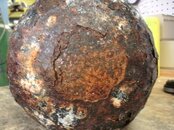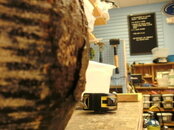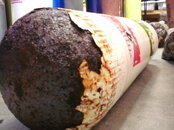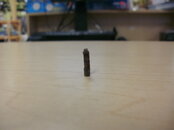failures
Ive come across some equipment failures recently that I would like to share with the group. Ive seen plenty more but never thought to take pictures.
Example one: RUSTED Steel tanks. Within ONE YEAR this kind of damage happened to two different tanks. Im not sure exactly what the customer subjected his cylinders to, but for sure they were condemned. Make sure your LDS takes the boot off
Example Two: Broken lever from an Aqualung Micra. An older style regulator that probably wasnt cares for correctly. Customer said he was underwater and all of a sudden had NOTHING! he calmly switched to his octo and aborted the dive. Sure enough, the lever fractures off!
Ill try to update this thread as I find more equipment problems worth sharing
Steve W
Ive come across some equipment failures recently that I would like to share with the group. Ive seen plenty more but never thought to take pictures.
Example one: RUSTED Steel tanks. Within ONE YEAR this kind of damage happened to two different tanks. Im not sure exactly what the customer subjected his cylinders to, but for sure they were condemned. Make sure your LDS takes the boot off
Example Two: Broken lever from an Aqualung Micra. An older style regulator that probably wasnt cares for correctly. Customer said he was underwater and all of a sudden had NOTHING! he calmly switched to his octo and aborted the dive. Sure enough, the lever fractures off!
Ill try to update this thread as I find more equipment problems worth sharing
Steve W










